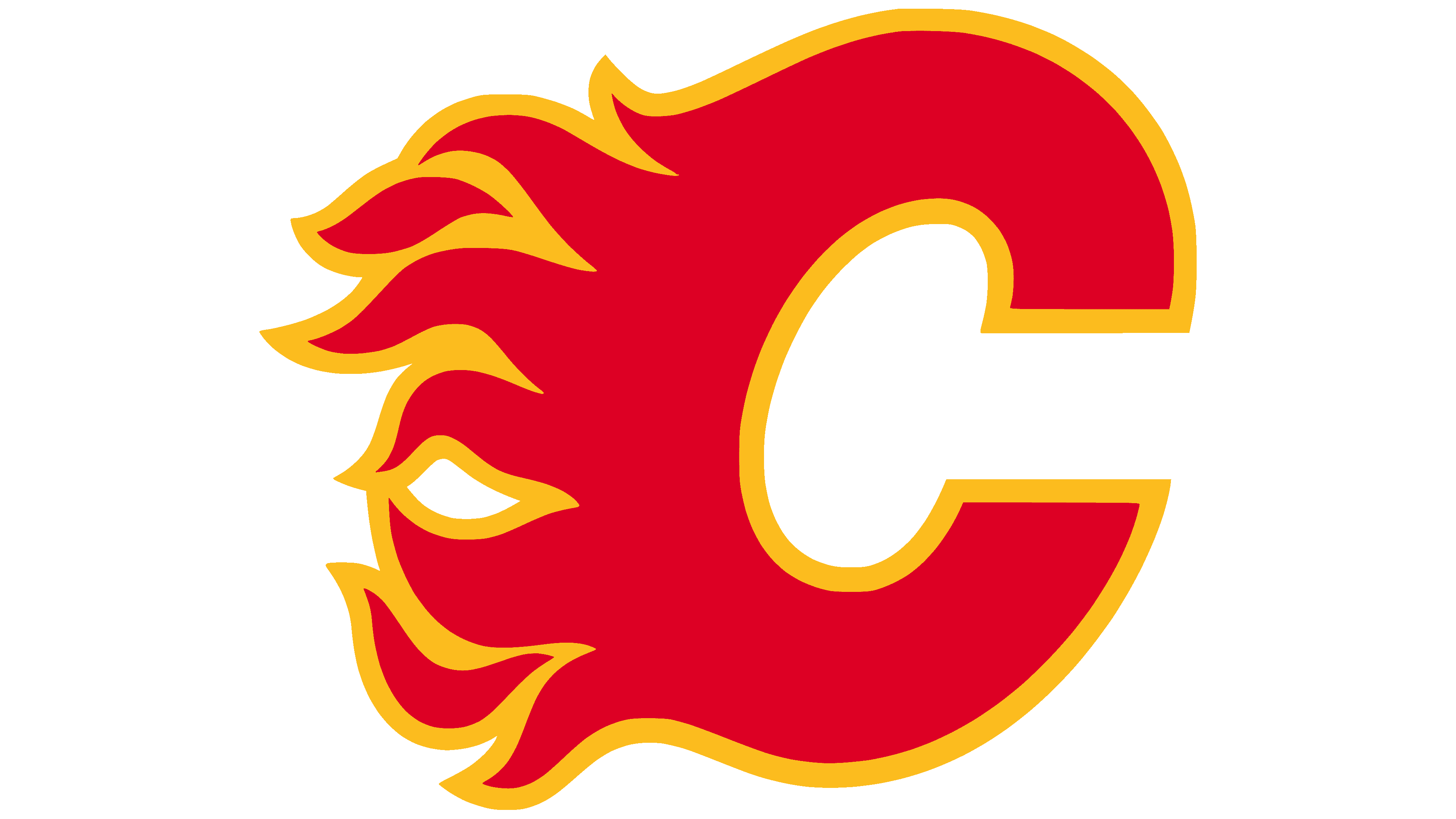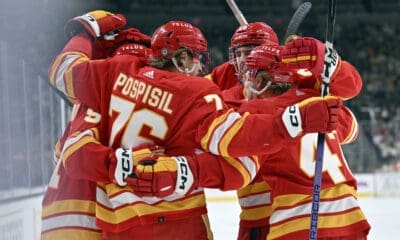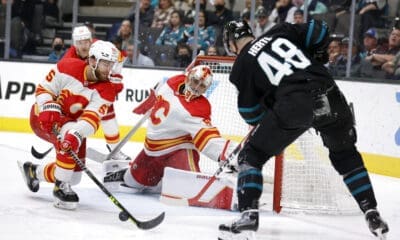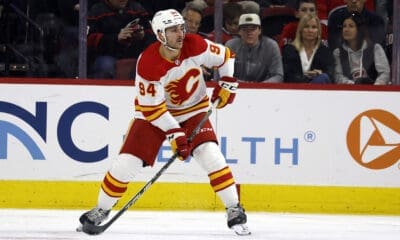Calgary Flames
Flames Adjusted Zone Shift – UPDATED

JLikens of the always interesting Objective NHL blog has been working on a few things this off-season, one of which is adjusted zone shift. We've discussed this metric in the comments now and then, but here's a full explanation for those unfamiliar:
This is the method for determining a players raw zone shift. JLikens looked at the stat and decided an adjustment was in order:
Meaning the results were being skewed towards defensive forwards and defensemen. He has a full explanation of his adjustment methodology at the linked article, but, in short, J subtracted the players starting and ending zone ratios from the teams starting and ending ratios. There's probably more to be done on this issue, but this is a good first step in my estimation as the top and bottom players in the league by adjusted ZS seem to pass the initial sniff test.
Anyways, J was good enough to send me the adjusted ZS numbers for the entire Flames club, as follows:
The results are fairly surprising. Aucoin, Moss, Glencross, Langkow and Giordano come out looking pretty good, while guys like Boyd, Bourque, Iginla and Phaneuf apparently struggled. Boyd is to be somewhat expected, but that so many good players were so far in the red makes me scratch my head. The entire club seemed good at moving the puck forward last year, but one wonders if the Glencross/Moss/Conroy line was driving the bus in this regard even more than was suggested previously.
JLikens will no doubt be adding to this body of work as the summer matures, so expect a follow-up in the near future.
UPDATE –
JL recently sent me this reponse to the issues raised in the comments:
The numbers are different for two reasons.1. The numbers at Vic’s site don’t include shifts that ended in goals at EV, and my original numbers didn’t take that into account. However, the data that I’ve sent you includes shifts that ended in goals.2. The correction formula is slightly different now due to changes made to the data (namely, the correction described in 1).Also, it should be emphasized that each player’s adjusted zone shift (and this applies to unadjusted zone shift, too) is a team relative stat. Accordingly, it’s somewhat biased against players on strong teams (zoneshift, wise). The Flames players with poor (adjusted) zone shift numbers have only done poorly relative to their teammates. I suspect that most of Calgary’s players are pretty effective at moving the puck in the right direction in absolute terms.
Hopefully this clears things up a tad.
by Kent Wilson








